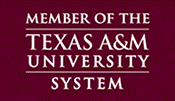Overview
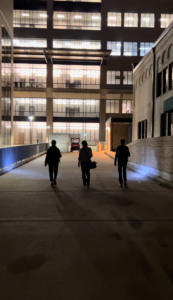
North American bird populations have plummeted by nearly 30% since 1970. Birds are essential for human and environmental health and wellness, providing pest control, pollination, seed propagation, and adding cultural and economic value. While deforestation, loss of habitat, and pesticides are all contributing factors, for billions of birds, windows are invisible killers. Scientists estimate that as many as one billion birds die by window collisions every year in United States, making buildings one of the country’s leading causes of wild bird mortality.
These bird deaths are preventable.
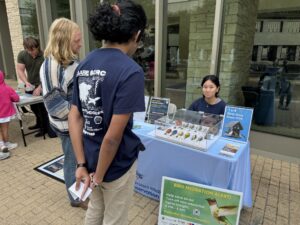
Decades of research has shown that bird-window collisions can be significantly reduced by incorporating bird-friendly design into buildings, lighting, and landscaping. This is an exciting time as we are seeing an increase in attention, availability of bird-friendly design materials and federal level legislation that recognizes and calls for action to prevent bird fatalities from collisions with buildings. Texas A&M University defines sustainability as the efficient, deliberate, and responsible preservation of environmental, social, and economic resources to protect our earth for future generations of Texas Aggies, the Texas A&M University community, and beyond. We offer numerous degrees in environmental and conservation fields, and promote the use and preservation of native plants and trees on our campus.
Our group is working with Texas A&M University to take measures to respect, protect and preserve birds and other wildlife that call our campus home, or home away from home as they migrate through. We have been elevating the issue locally since the release of an Op-Ed by Former First Lady Laura Bush appeared in the Dallas Morning News March 2021. Select media recognition by our local team is outlined below.
- Heather Prestridge – Audubon Newsletter April 2023
- Skyler Nix – Texas Conservation Alliance Blog May 2023
- Heather Prestridge – Agrilife Today August 2023
- Skyler Nix – The Battalion April 2024 also selected for Best of SNO
- Skyler Nix – Agrilife Today April 2024
- Heather Prestridge – Agrilife Today September 2024
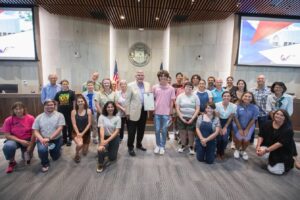
The City of College Station supports this important conservation effort and on August 10 2023, the Mayor signed a Proclamation for Lights Out Nights during peak migration. The City then took further measures to promote other bird friendly practices and was designated a Bird City by Texas Parks and Wildlife and Audubon Texas in January of 2025. On December 4, 2025, a coalition of students, faculty, staff alongside NGO partners led by Texas A&M University Undergraduate student Skyler Nix ’25 sent a communication to our University Leadership to express their concern over the increasing rates of bird-window-collisions on our campus. Please read the letter here. A follow-up story was posted by our local newspaper The Eagle and picked up by numerous others. The letter was received by the University Presidents office and a positive response from that office was communicated the following day.
Bird strikes from campus have been monitored during peak migration in collaboration with Texas Conservation Alliance since 2023 and in 2025 a map of these strikes was produced. The team utilizes the modeling site BirdCast to recognize expected migration traffic data including the expected number of birds in flight, flight direction, altitude and expected species that will be passing through. These data will be useful in identifying buildings most in need of retrofitting as well as architectural components that are most dangerous to birds. REPORT A DEAD BIRD ON CAMPUS BIRD HERE. Facilities coordinators guidance is available at LOCS Reporting Protocol.
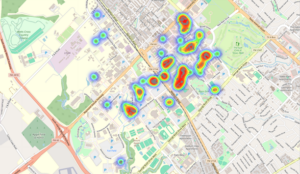
Suggested Short (S) and Long Terms (L) Goals for Campus
- Adjust night-time lighting practices to reduce non-essential lighting during periods of peak bird migration (S)
- Select and retrofit a building of higher collision-concern followed with post-retrofit surveying (S) – cost considerations here.
- Incorporate bird-friendly glass into upcoming campus buildings (S) – see renderings for the new Vet Hospital
- Amend bird-friendly building design into the campus masterplan (L) – examples below from other campuses that have made changes to building and design standards
- Create a rolling-structure for retrofitting buildings of collision-concern in the future (L)
Examples from other colleges:
- Penn State – Bird-Friendly Penn
- University of British Columbia – Green Building Action and Bird Friendly Design Guidelines for Buildings
- University of Pennsylvania – Bird Friendly Design Standards
- University of Washington – Bird Friendly Design Standards
- Yale University – Bird Friendly Building Initiative and YouTube film
Resources
- American Bird Conservancy – excellent resource with information about lighting, bird friendly design, and a database of bird friendly products and solutions. ABC also collaborated with the Yale Law School to produce this report – Building Safer Cities for Birds.
- Dark Sky International – resource and information for Responsible Outdoor Lighting.
- National Fish and Wildlife Foundation – offering funds for retrofitting buildings to include bird-friendly design.
- United States Fish and Wildlife Service – site offering a Bird-Friendly Campus Toolkit plus information about funding for retrofitting projects via their Urban Bird Treaty Grant.
Supporting Partners
- Audubon Texas
- Defenders of Wildlife
- Rio Brazos Audubon
- Texan by Nature
- Texas Conservation Alliance
- Texas Master Naturalists
